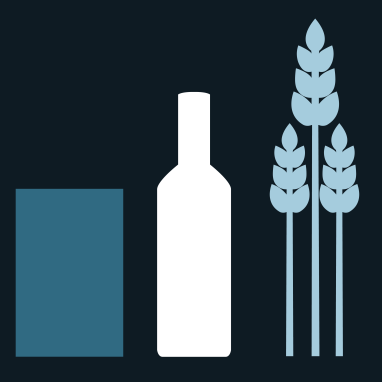Online sales of food: A starting point for food labelling implications
By John Thisgaard (FoodLegal Co-Principal)
© Lawmedia Pty Ltd, June 2025
While many food businesses are taking advantage
of e-commerce and other online channels, Australia’s food laws have struggled
to keep up with technological advancements and modern distribution methods.
This article examines some of the important labelling issues food businesses
should be aware of when selling food online.
FoodLegal’s Selling Food Online webinar on
Thursday 12 June will explore this and many other issues in more detail
alongside many other important considerations for businesses using online
channels. Limited spots remain – book here.
When is labelling information required?
The majority of labelling requirements for food products are contained in the Australia New Zealand Food Standards Code (Food Standards Code). The Food Standards Code requires most foods for retail sale to include a label with minimum information including:
· An ingredient declaration
· A nutrition information panel
· Safety information (including information about allergens, any mandatory warnings and storage and usage instructions)
· Other details such as the name and address of the supplier
The Food Standards Code provides that the above information
does not need to appear on a product label when one or more of the exemptions
in Section 1.2.1—6(1) applies. This includes food that is made and packaged on
the premises from which it is sold, food that is packaged in the presence of
the purchaser, and food that is displayed in an assisted service display
cabinet, and covers most foodservice scenarios. In these scenarios, mandatory
information must still be provided to consumers upon request.
The Food Standards Code also sets out more limited
labelling requirements for food sold to caterers, and other sales that are not
retail sales.
The labelling requirements under the Food Standards Code
are enforced by State and Territory food regulatory bodies under each State and
Territory Food Act. Under the Food Act, relevant requirements
apply to food that is sold or handled for sale.
Although this article focuses on labelling requirements
under the Food Standards Code, food products may also be subject to additional
mandatory labelling requirements under other laws such as the Country of
Origin Food Labelling Information Standard and National Trade
Measurement Regulations.
Where must labelling information appear?
The bulk of Australia’s food laws are several decades old
and have been drafted in the context of traditional brick-and-mortar sales. Under
the Food Standards Code, foods that are required to ‘bear a label’ must have
the minimum labelling information physically attached to the product.
The Food Standards Code does not make any reference to
online sales or websites and does not explicitly require labelling information
to appear off the physical product label (e.g. on a website).
However, this does not mean that food businesses should
assume that they do not have to provide any product information on their
websites when selling food online.
Considerations for labelled foods sold online
The Food Standards Code requires that labelling information
be legible. When a product is sold online, a consumer will not have an
opportunity to physically inspect the product or label before purchase. Moreover,
each State and Territory Food Act requires food for sale to be safe, and
imposes labelling requirements on food that is sold (or for sale).
Since, in an online context, the website is the point of
sale, it is arguable that relevant labelling information must appear alongside
the product online. Businesses should ensure that relevant safety information
is present, and should also consider adding other labelling information.
This could be done by including detailed images of the
product label or by duplicating the labelling information in a text
description.
Considerations for unlabelled foods
As mentioned above, foods that are not required to ‘bear a
label’ under the Food Standards Code (including most foodservice products) are
still subject to minimum information requirements. In many cases, information
that would otherwise appear on the label must be displayed in connection with
the sale of the food or must be provided to a consumer upon request.
For example, safety information such as mandatory warning
statements must be displayed with the food. Where a business allows a product
to be ordered online, the website is the point of sale and it would be
mandatory to include this information on the website alongside the product.
Even where information is only required to be provided upon
request (e.g. nutrition information), it might be good practice to have this
information available on the website.
This is general information rather than legal advice and is current as of 10 Jun 2025. We recommend you seek legal advice for your specific circumstances before making any commercial decisions.
